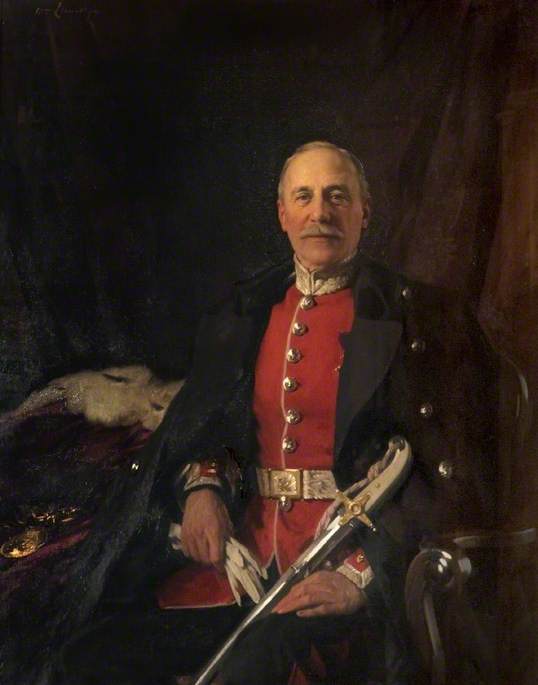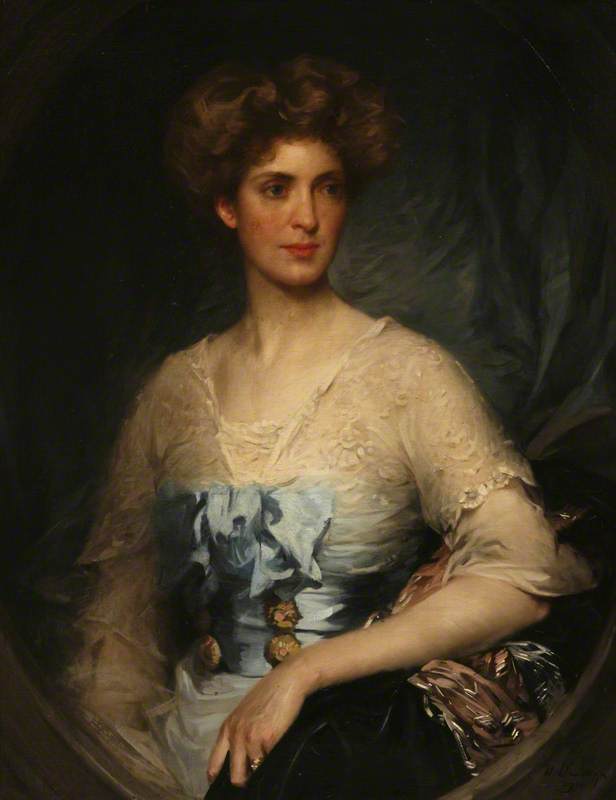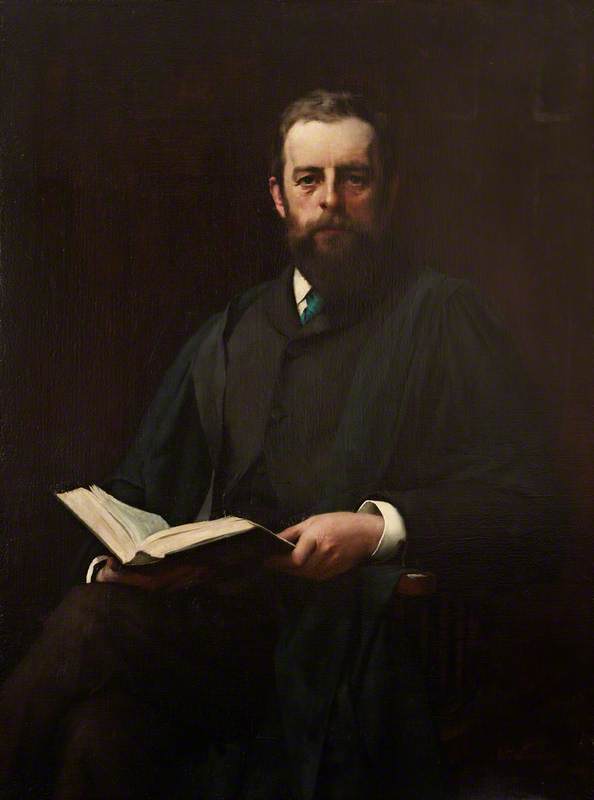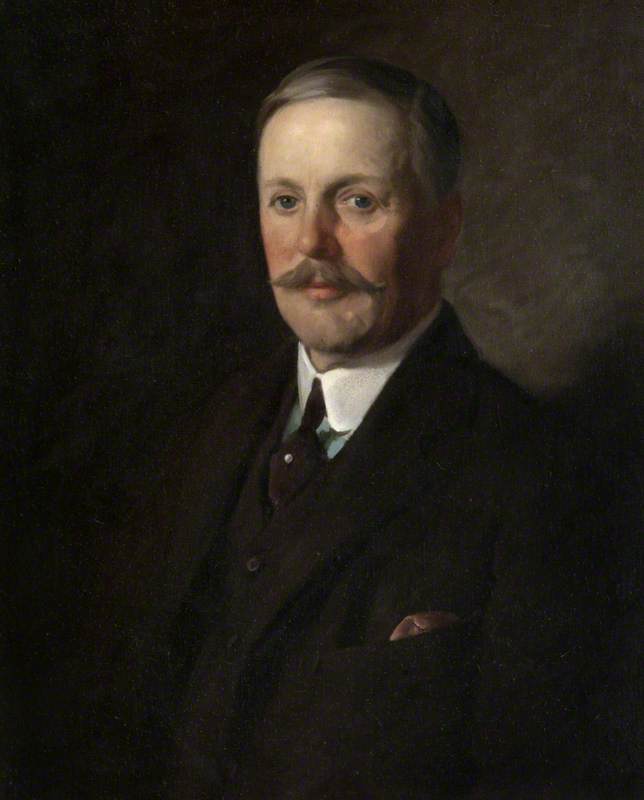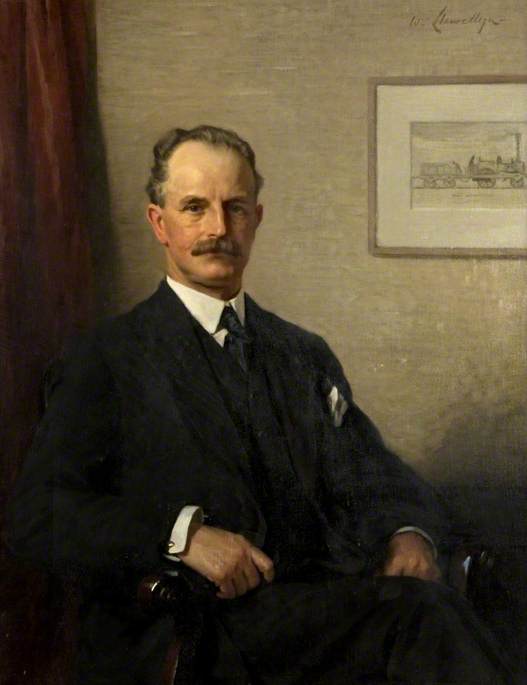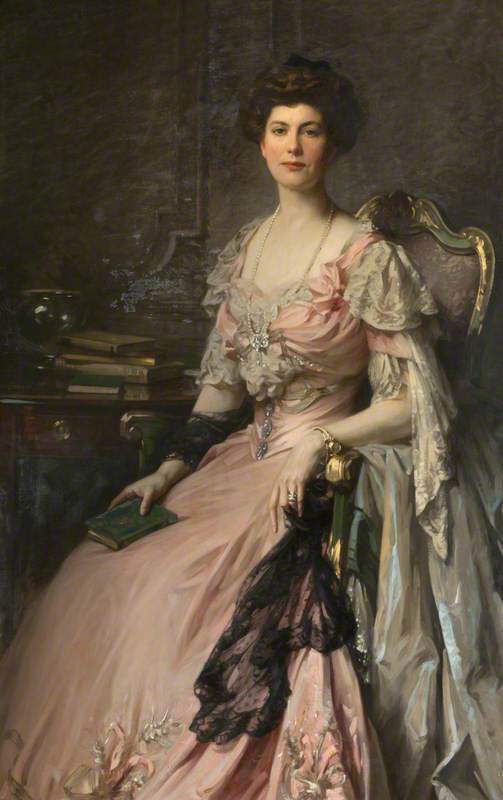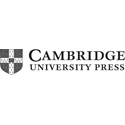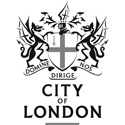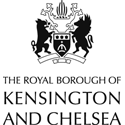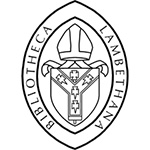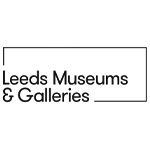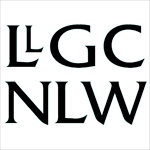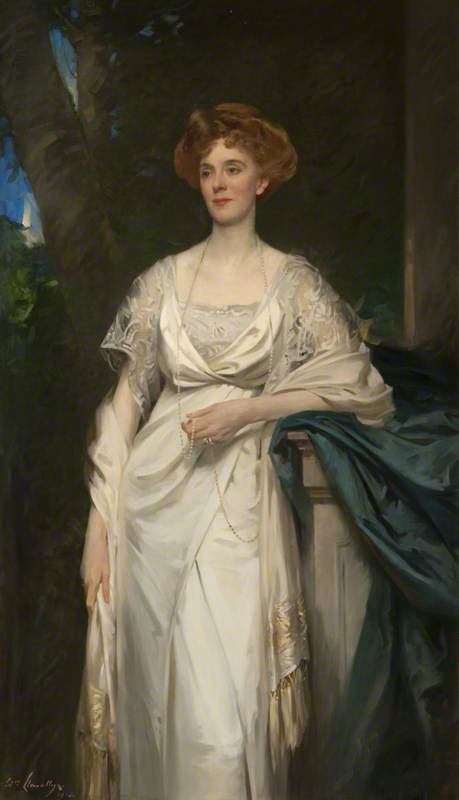
Gwendoline (d.1929), 14th Countess of Lauderdale 1913
Samuel Henry William Llewellyn (1858–1941)
Thirlestane Castle Trust
Samuel William Henry Llewellyn [commonly known as William Llewellyn; also known as Sir William Llewellyn] was born in Cirencester, Gloucestershire, England on 1 December 1858. Not much is known about his early years. He studied under Edward Poynter (1836-1919) at the National Art Training School in South Kensington, London in 1879-80, and then at the ateliers of Fernand Cormon, (1845-1924), Jules Joseph Lefebvre, (1836-1911) and Gabriel Ferrier, (1847-1914) in Paris. He subsequently returned to England and settled in London. Llewellyn worked primarily as a landscape and portrait painter. He first exhibited at the Royal Academy in London in 1884 and, apart from 1892 and 1900, every year until 1941. He also exhibited at the Grosvenor Gallery, International Society of Sculptors, Painters and Gravers, New English Art Club, New Gallery, Royal Society of Portrait Painters, Royal Society of British Artists, Royal Society of Painter-Etchers and Engravers, Royal Institute of Painters in Water Colours, and Royal Institute of Oil Painters; Royal Birmingham Society of Artists; Royal Glasgow Institute of the Fine Arts; Walker Art Gallery in Liverpool; Manchester City Art Gallery; Royal West of England Academy in Bristol; and at the Royal Hibernian Academy in Dublin.
In 1912 Llewellyn was commissioned to paint the State Portrait of H.M. Queen Mary by H.M. King George V. In 1938 his painting "Sailing at Blakeney" was purchased by the Chantry Bequest.
In 1893 he married the painter Marion Meates (1868-1926) who was also a Royal Academy exhibitor. In 1918 he was knighted for his services to art, and in 1933 he was awarded the Albert Medal by the Royal Society of Arts for his encouragement of art in industry.
Llewellyn's address was given as 57 Bedford Gardens in 1884; 37 Oakley Crescent, London in 1885; 6 Wentworth Studios, London in 1886 and 1890; 17 Notting Hill Grove, London in 1891; 3 St. Petersburgh Place, London in 1893 and 1896; 14 Audrey Walk, Campden Hill, London in 1897 and 1906; 46 Bedford Gardens, Kensington Gardens, London in 1907 and 1913; 13 St. Mary Abbott's Place, Kensington, London in 1914 and 1928; and from 1928 to 1941 at Little Blundell House, Campden Hill, London where he died on 28 January 1941.
Text source: Arts + Architecture Profiles from Art History Research net (AHRnet) https://www.arthistoryresearch.net/
